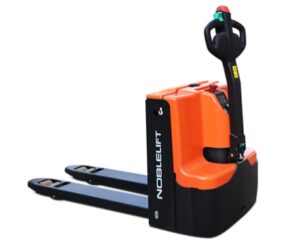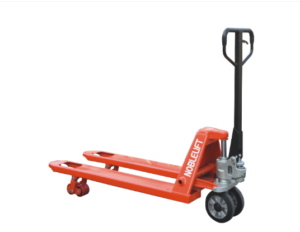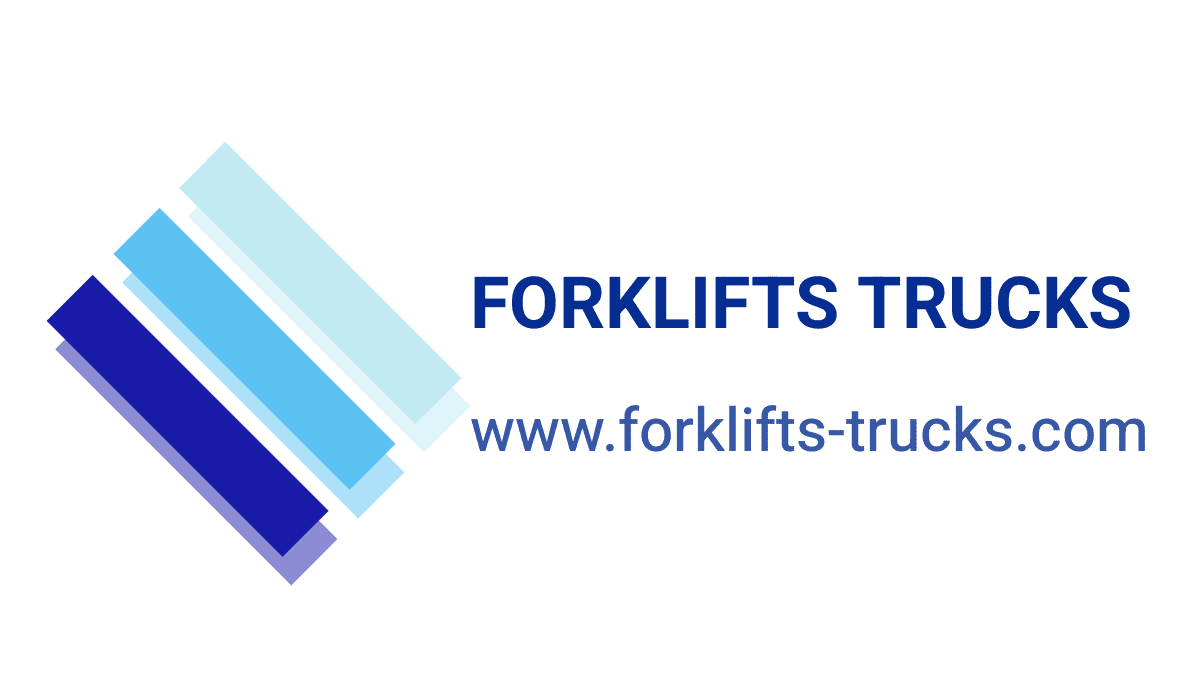discuss forklift transporters:
Forklift Transporters (also known as Pallet Truck, Forklift Transports or Forklift Carriers)
– Specialized trailers or trucks designed to transport forklifts or other material handling equipment
– Provide a safe, secure, and efficient way to move forklifts between job sites or facilities
– Come in a variety of configurations to accommodate different forklift sizes and capacities
Key Features and Capabilities:
– Hydraulic loading ramps or platforms to drive the forklift on and off
– Tie-down points and restraints to secure the forklift during transport
– Ability to handle a range of forklift types – counterbalanced, reach trucks, order pickers, etc.
– Available in both tow-behind trailer and integrated truck/van body designs
– Load capacities typically 5,000 lbs or more to accommodate larger industrial forklifts
Common Uses and Applications:
– Transporting forklifts between a company’s multiple locations or job sites
– Delivering new or rented forklifts to a customer’s facility
– Moving forklifts for servicing, maintenance, or fleet management purposes
– Relocating forklifts as part of warehouse/distribution center reconfigurations
– Hauling forklifts to auction or disposition when they are retired from service
Benefits of Using Forklift Transporters:
– Safer and more secure transportation compared to loading on a flatbed
– Protects the forklift from weather, road debris, and other potential damage
– Enables efficient movement of forklifts without needing to drive them long distances
– Specialized designs ensure proper weight distribution and forklift stability in transit
– Can handle the transport of multiple forklifts at once in some configurations
Considerations for Forklift Transporter Selection:
– Compatibility with the specific make, model, and size of forklifts to be transported
– Towing capacity, GVWR, and other specs to handle the weight and dimensions
– Ramp angle, width, and lift capacity to safely load and unload the forklift
– Available tie-down points and restraint systems to secure the load
So in summary, forklift transporters Pallet Truck play a crucial role in the safe, efficient movement of forklifts between locations as part of a comprehensive material handling operation.
### Pallet Trucks: Electric vs. Manual
Pallet trucks, also known as pallet jacks, are essential tools in warehouses and distribution centers for moving heavy loads. They come in two main types: electric and manual. Here’s a breakdown of each:
#### Manual Pallet Trucks
– **Operation**: Requires human effort to lift and move pallets.
– **Cost**: Generally more affordable than electric models.
– **Maintenance**: Lower maintenance needs; mainly involves checking wheels and hydraulic systems.
– **Pros**:
– Lightweight and easy to maneuver.
– No need for batteries or charging.
– Ideal for short distances or lighter loads.
– **Cons**:
– Requires physical strength, which can lead to fatigue.
– Slower than electric options.
#### Electric Pallet Trucks
– **Operation**: Powered by batteries, allowing for easy lifting and movement of pallets.
– **Cost**: Higher initial investment due to the motor and battery components.
– **Maintenance**: Requires regular battery checks and electrical maintenance.
– **Pros**:
– Reduces physical strain on operators.
– Can move heavier loads more efficiently.
– Faster operation, especially over long distances.
– **Cons**:
– Requires charging and battery maintenance.
– Heavier than manual trucks, which can be a drawback in tight spaces.
### Conclusion
Choosing between electric and manual Pallet Trucks depends on your specific needs, such as load weight, distance, and budget. For high-efficiency environments with heavy loads, electric models are often the best choice. For smaller operations with lighter items, manual trucks may suffice.


-
- Sale!
- Forklift Pallet Truck Transporters, pallet truck
- electric pallet truck ATOM2 PTE15 20Q2
- Original price was: $1,000.00.$720.00Current price is: $720.00.
- The new ATOM lithium-powered electric pallet truck is designed under the current industrial trend of light load and lithium-powered solutions. It continues the concept of the Edge sériés pallet truck with a compact and smart design, but the goal is to minimize the manufacturing cost and provide end users with a more affordable electric light material handling solution. Atom continues…
-
- Sale!
- Forklift Pallet Truck Transporters, pallet truck
- electric transporter PT16 20L 25L pallet truck/jack (1600kg )
- Original price was: $4,800.00.$4,400.00Current price is: $4,400.00.
- The long handle and compact design meet ergonomic requirements rated load:1600kg Powerful, maintenance-free AC drive system imported from Germany Reliable and sturdy body design Core components are all from international suppliers
-
- Sale!
- Forklift Pallet Truck Transporters, pallet truck
- Long handle electric walkie pallet truck PT 16L Li (load capacity 1600/2000/2500kg)
- Original price was: $4,800.00.$4,500.00Current price is: $4,500.00.
- ■ Long handle electric walkie pallet truck, load capacity 1600/2000/2500kg ■ Ergonomic, long handle compact design ■ Reliable and sturdy body design ■ Powerful, maintenance-free AC drive system imported from Germany ■ Core components are all from excellent brands in the industry
-
- Forklift Pallet Truck Transporters, pallet truck
- pallet truck PT 20Li (load:2000kg, lithium )
- Rated load:2000kg driver's position sitting height:1070/1260mm Lithium power station ride-on truck





